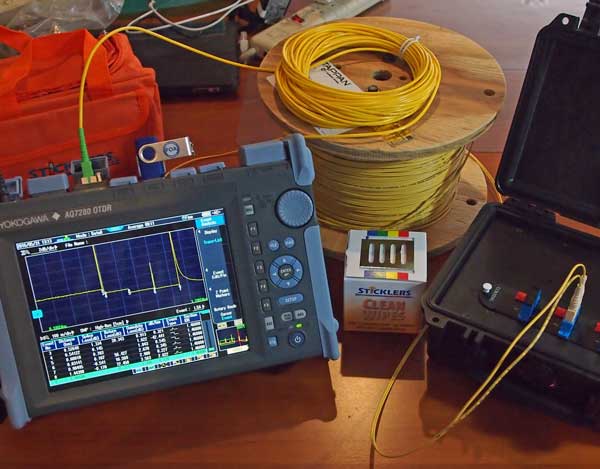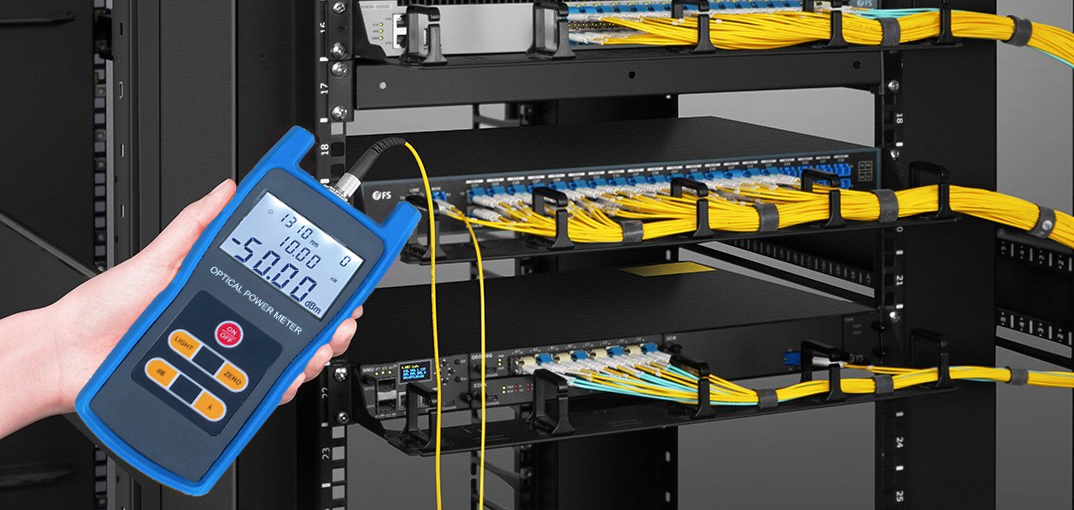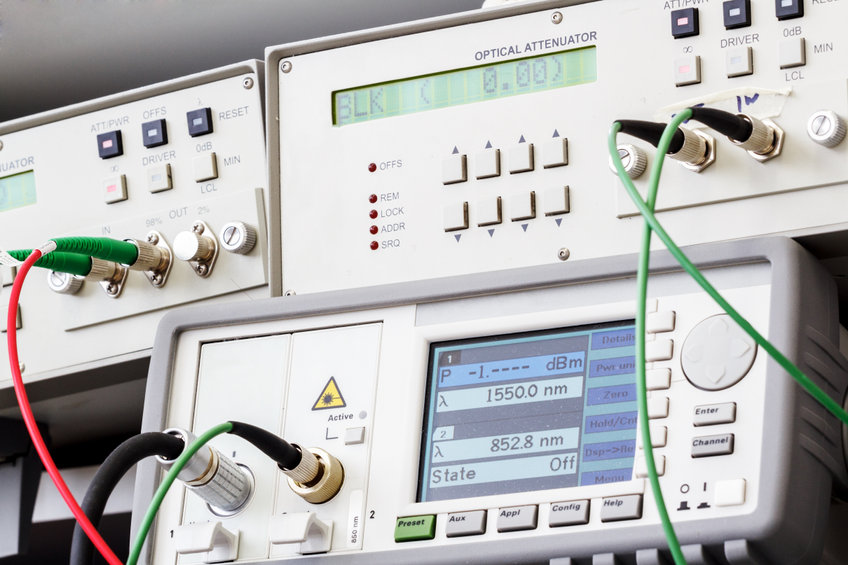The use of ofda optimizes fibre evaluation with cutting-edge optical technology.
Revealing the Trick Utilizes of Optical Fibre Evaluating for Efficient Data Transmission
In the realm of modern communication, optical fiber screening emerges as a crucial technique for maximizing data transmission. Comprehending the multifaceted applications of optical fiber testing invites a much deeper expedition right into its crucial duty in forming the future of data interaction.

Relevance of Optical Fiber Screening
The importance of optical fiber testing can not be overstated, as it serves as an important element in ensuring the integrity and effectiveness of information transmission systems. In an age where high-speed interaction is critical, any type of shortages in fiber optics can lead to substantial data loss and minimized performance. Rigorous testing procedures are vital to confirm the integrity and efficiency of optical cable televisions.
Testing enables for the recognition of issues such as micro-bends, macrobends, and splice losses that might impede signal top quality. In addition, it supplies insights into the total depletion and bandwidth capabilities of the fiber, making sure that the network meets specific operational standards. Routine screening not just boosts system performance but likewise lengthens the life-span of the framework by recognizing possible problems prior to they escalate into expensive failings.

Kinds Of Optical Fiber Examinations
Various types of optical fiber examinations are carried out to ensure the efficiency and integrity of fibre optic networks. These tests can be classified into a number of crucial kinds, each offering a specific objective in examining the stability of the fibre.
First, Optical Time Domain Name Reflectometry (OTDR) is a popular test that identifies faults, mates, and adapters within the fibre. By sending pulses of light and analyzing the reflected signals, professionals can identify concerns along the fiber's length.
2nd, insertion loss examinations assess the amount of signal loss when light travel through connectors or splices, which is vital for keeping network effectiveness.
Third, return loss tests measure the quantity of light showed back in the direction of the source, supplying understandings right into the top quality of connections and potential sources of interference.
In addition, connection examinations guarantee that the fibre path is total, permitting technicians to confirm that the fibre is undamaged with no breaks. ofda.
Lastly, aesthetic mistake locators utilize noticeable light to recognize breaks or severe bends in the fiber, aiding in fast troubleshooting. Jointly, these examinations form a detailed technique to preserving ideal performance in fibre optic networks.

Applications in Network Upkeep
In contemporary telecommunications, effective network upkeep relies greatly on optical fiber screening to identify and fix issues quickly. Regular testing makes certain that the network operates at optimal performance levels, reducing downtime and improving individual experience.
Among the primary applications of optical fiber screening in upkeep is the detection of faults, such as breaks, flexes, or improper links. Strategies like Optical Time Domain Reflectometry (OTDR) allow technicians to find these problems accurately and evaluate the high quality of the fibre web link. Furthermore, loss testing verifies the stability of the optical path, making certain that signal attenuation stays within appropriate limits.
Regular upkeep screening also assists in safety nets, recognizing potential troubles prior to they rise right into significant failings. This aggressive strategy can conserve companies both time and funds. During upgrades or developments, optical fibre testing ensures that my review here new installments integrate effortlessly with existing infrastructure.
Enhancing Information Transmission Dependability
Efficient network maintenance via optical fibre testing not just addresses prompt problems yet additionally plays a significant duty in improving information transmission dependability. By identifying faults, determining signal loss, and assessing the general problem of fiber optic wires, screening makes sure that potential issues are corrected prior to they rise into significant interruptions.
Normal optical fiber screening, such as time-domain reflectometry (TDR) and optical time-domain reflectometry (OTDR), permits specialists to identify the specific areas of breaks, flexes, or adapter concerns within the network. This aggressive strategy not only minimizes downtime but also optimizes the performance of data transmission by making certain that the paths for signals are clear and operating successfully.
Moreover, testing aids in confirming adherence to market criteria and specifications, which is critical for maintaining the integrity of data circulation. By ensuring that each link meets needed limits for loss and quality, companies can reinforce their confidence in the dependability of their information networks.
Ultimately, investing in extensive optical fibre screening not only boosts information transmission integrity however likewise supports the long-lasting operational effectiveness of communication facilities.
Future Fads in Fiber Screening
Arising technologies are positioned to transform fiber testing, leading the way for improved efficiency and accuracy in data transmission diagnostics (fibre testing equipment). As the demand for faster net and higher bandwidth continues to climb, the combination of advanced devices such as expert system (AI) and machine understanding (ML) is readied to transform standard fibre screening methods. additional reading These modern technologies will certainly allow anticipating maintenance and automated mistake detection, considerably decreasing downtime and enhancing network dependability
Furthermore, the fostering of Web of Points (IoT) devices will certainly help with real-time monitoring of fiber networks, permitting for instant identification of performance concerns. This shift towards proactive administration will certainly reduce disturbances and maximize data circulation.
Additionally, innovations in optical time-domain reflectometry (OTDR) and brand-new testing requirements will boost the precision of measurements, making sure that data integrity is kept throughout the transmission process. The advent of 5G technology additionally demands the advancement of a lot more innovative fibre testing techniques to sustain its high-speed needs.
Conclusion
In final thought, optical fiber testing is vital for maintaining reliable data transmission within interaction networks. By utilizing different screening strategies, such as OTDR and insertion loss tests, possible faults can be identified and rectified, therefore boosting signal clarity and decreasing downtime. Normal testing not only makes certain compliance with market criteria yet also facilitates aggressive maintenance, website here eventually adding to the long-lasting dependability and efficiency of fibre optic systems. The continued development of screening methods will certainly even more boost these abilities in the future.